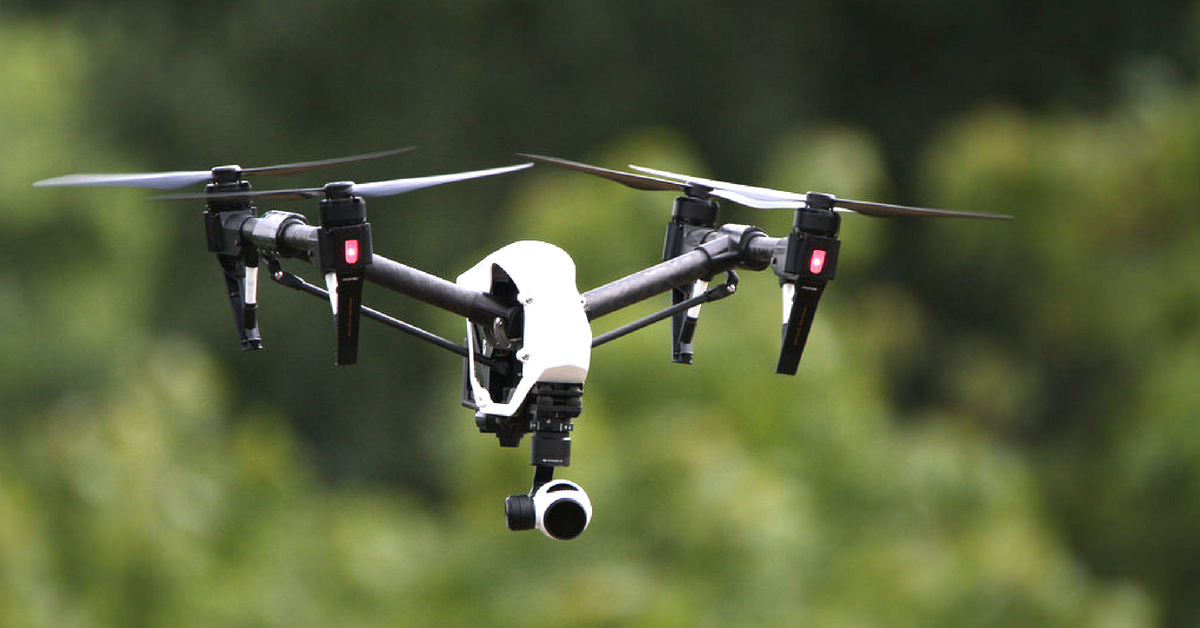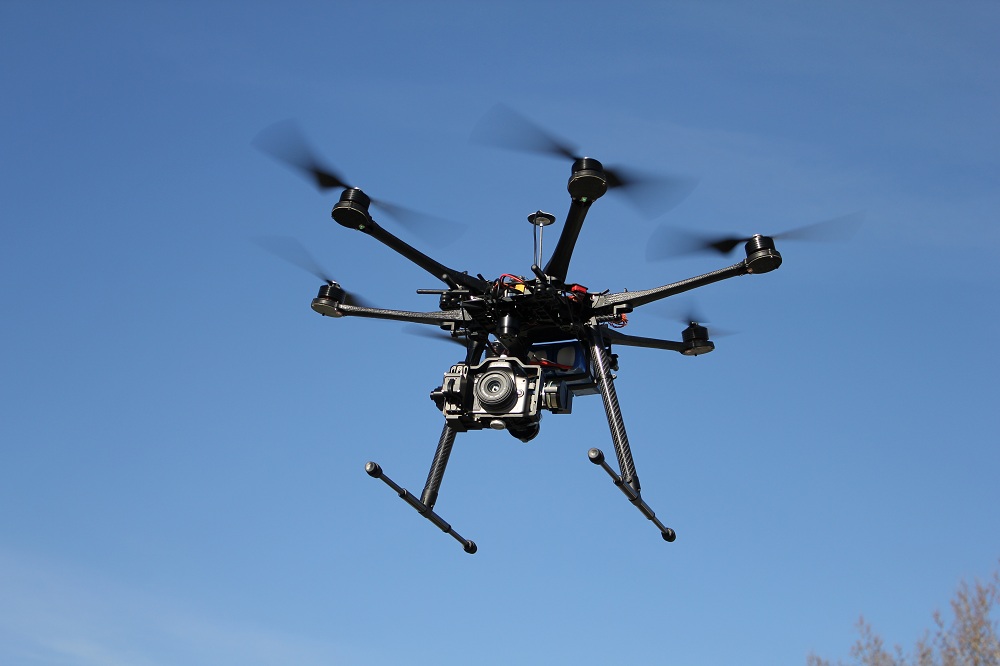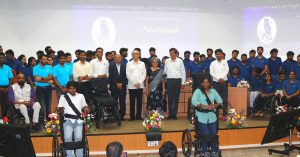Home Delivery Via Drones? All You Need to Know About India’s 1st Drone Policy!
You can legally fly drones in India from December 1, 2018. But can you expect biryani deliveries from the sky too? Get all the answers here!

The Indian government is seemingly moving with the times when it comes to drone technology.
In a significant development earlier this week, the Directorate General of Civil Aviation announced and published its policy surrounding the private use of drones or what it calls remotely piloted aircraft (RPA), which will come into effect on December 1, 2018.
Although private operators can use drones across various sectors like health, agriculture, disaster relief, the current policy clearly bars the delivery of payload by drones for now.
In other words, you can’t order your food online and expect an e-commerce company or other online food platforms to deliver your biryani. While questions will be raised about the policy provisions, this is the first major step in recognising the importance of drones today.
How does the DGCA define drones or RPAs?
A drone is an unmanned aircraft piloted from a remote pilot station. The policy document of the DGCA states — “The remotely piloted aircraft, its associated remote pilot station(s), command and control links and any other components form a Remotely Piloted Aircraft System (RPAS).”
Like the citizens of this country, every RPA will require a Unique Identification Number, although it will also need an Unmanned Aircraft Operator Permit (UAOP) from the DGCA, besides following through on other operational requirements set by the regulator (DGCA).
The policy has listed out five different categories of drones:
1) Nano: This RPA is less than or equal to 250 grams
2) Micro: 250 grams to 2 kg
3) Small: 2-5 kgs
4) Medium: 25 to 150 kg
5) Large: Heavier than 150 kg
With the sole exception of Nano RPAs, all drones shall apply to the DGCA for import licences.
What is the UAOP? Who issues them? What categories are exempt from acquiring it?
As the name suggests, the UAOP is the document every drone operator will need to obtain from the DGCA. As per the provisions stated in the above policy, the DGCA has to issue a UAOP within a maximum of seven working days provided that the applicant has filled up all the necessary documents. These permits are viable for five years and are non-transferrable.
The DGCA’s policy on the qualifications required to operate a drone or RPA is a touch odd. Applicants have to be above 18 years of age, pass a Class X English exam (an unusual stipulation) and must have the necessary ground/practical training which has the approval of the DGCA.
According to the DGCA, RPAs exempt from acquiring a UAOP include:
(a) “Nano RPA operating below 50 feet (15 m) AGL in uncontrolled airspace /enclosed premises.
b) Micro RPA operating below 200 feet (60 m) AGL in uncontrolled airspace/enclosed premises. However, the user shall intimate to the local police office 24 hours prior to the conduct of actual operations.
c) RPA owned and operated by the agencies as indicated in Para 6.5 of this CAR. However, the agency shall intimate the local police office and concerned ATS Units prior to the conduct of actual operations.”
How can drones operate in India?
Irrespective of weight category, all drone operations shall be restricted to daytime only, and that too within the Visual Line of Sight (VLOS). In addition to other standard operating procedures laid out by the policy, the DGCA remains steadfast in its assertion that no remote pilot can operate more than one drone at a time and that they will have to give way to manned aircraft at all times.
Moreover, RPAs shall not “transport any hazardous material such as explosives or animal or human payload”. There are even provisions to prevent danger to person or their property and protection of privacy.
There is also a critical provision pertaining to insurance. “All civil RPA operators shall have insurance with the liability that they might incur for any damage to a third party resulting from the accident/incident,” the policy states.
What are the restrictions set on drone operations in India?
No drone can fly within 5 km of the premises of airports across Mumbai, Chennai, Delhi, Kolkata, Hyderabad and Bengaluru and within three kms from the premises of any other airport.
It cannot fly within “permanent or temporary Prohibited, Restricted and Danger Areas.”
Clear restrictions for drone operations by private operators also include not flying within 25 km from any international border—the Line of Control (LoC), Line of Actual Control (LAC) and the Actual Ground Position Line (the line that divides Indian and Pakistani troops in the Siachen Glacier region).
Other restrictions include not going beyond 500 metres beyond the coastline and into the sea; within 3 km from the perimeter of any military installation; and within 3 km from the State Secretariat offices.
Also Read: Chennai Kids Develop Drone That Deliver First Aid to Accident Spots In No Time!
Again, private operators cannot run the drone from a mobile base such as an aircraft, a moving vehicle or a ship. Private operators can’t even fly over National Parks and Wildlife Sanctuaries without necessary approvals.
Those violating these rules will be booked under the Aircraft Act of 1934 and other assorted provisions of the Indian Penal Code.
You can read more about the policy here.
(Edited by Gayatri Mishra)
Like this story? Or have something to share? Write to us: [email protected], or connect with us on Facebook and Twitter.
This story made me
- 97
- 121
- 89
- 167
Tell Us More
We bring stories straight from the heart of India, to inspire millions and create a wave of impact. Our positive movement is growing bigger everyday, and we would love for you to join it.
Please contribute whatever you can, every little penny helps our team in bringing you more stories that support dreams and spread hope.



















